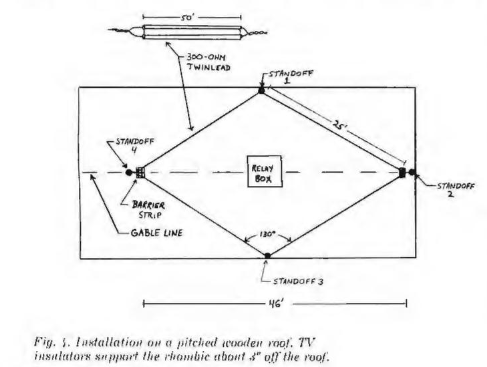Very good book for Professional and Amateur Enthusiasm for reference DIY Antennas , and how to design and build Do It by Yourself.
From Chapter 1, discuss about what an antenna is ? , the concept of antenna with Practical understanding and example in Practical and real life.
Chapter 2, Half Wave Dipole Antenna in Free Space
Chapter 3, The Field from a Dipole Near The Earth
Chapter 4, The Impedance of Antennas
Chapter 5, Transmission Lines
Chapter 6. Making Real Dipole Antennas
Chapter 7, The Field From Two Horizontal Dipoles
Chapter 8, The Field From Two Vertical Dipoles
Chapter 9, Transmissions Lines as Transformers
Chapter 10, Practical Two Element Antenna Arrays
Chapter 11, Wideband Dipole Antennas
Chapter 12, Multiband Dipole Antennas
Chapter 13, Vertical Monopole Antennas
Chapter 14, Arrays of Vertical Monopole Antennas
Chapter 15 Practical Multielement Driven Arrays
Chapter 16, Surface Reflector Antennas
Chapter 17, Surface Reflector Antennas You Can Build
Chapter 18, Antenna Arrays With Parasitically Coupled Elements
Chapter 19, The Yagi-Uda or Yagi, Parasitically Coupled Antenna
Chapter 20, Practical Yagis for HF and VHF
Chapter 21,Log Periodic Dipole Arrays
Chapter 22,Loop Antennas
Chapter 23, Loop Antennas You Can Build
Chapter 24, Antennas for Microwave Applications
Chapter 25, Vehicle Antennas
Chapter 26, Antenna Measurements
Appendix A Getting Started in Antenna Modeling with EZNEC
Appendix B Using Decibels in Antenna Calculations Index




